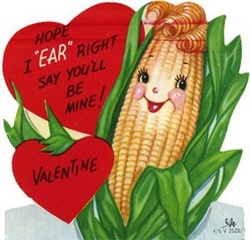
The event grew so popular so quickly that Dickinson realized that more needed to be done to increase the awareness and appreciation of poetry in America. In 1833 he moved the celebration to February 14, and he called it “Versification Day.” However, as success and recognition for the observance grew, the union leaders of the powerful and influential IBHFIAWBCWBGCWJBHCWACWPUA (the International Brotherhood of Heat and Frost Insulators and Asbestos Workers, Bakery and Confectionery Workers, Bookbinders and Greeting Card Writers, Journeymen Barbers, Hairdressers, Cosmetologists, Welders, Amalgamated Clothing Workers and Proprietors Union of America) pressured Dickinson to change the date because Versification Day was beginning to surpass Valentine’s Day as a mid-winter tradition.
Yielding to this pressure, Dickinson moved Versification Day to the first week of September and called the celebration “A Week of Balladry, Poesy, and Rhyme,” and later—at the suggestion of Walt Whitman’s brother Wink— he shifted the event to the month of April and designated the entire month “American Poetry Month.” He promoted the month of poetry by heralding, “Metaphors be with you!”
However, when Dickinson moved his “Versification Day” from February 14th, card sales for Valentine’s Day dipped dramatically – until card makers produced various series of Valentine’s Days cards which combined the poetry of Emmett Lee Dickinson and his love of corn. From that time on, Valentine's Day has become synonymous with Dickinson, and the number one image associated with the celebration of Cupid and romance is a juicy cob of corn!
To check out our Valentine's Day coverage (guaranteed to be corny), click HERE.
 RSS Feed
RSS Feed
